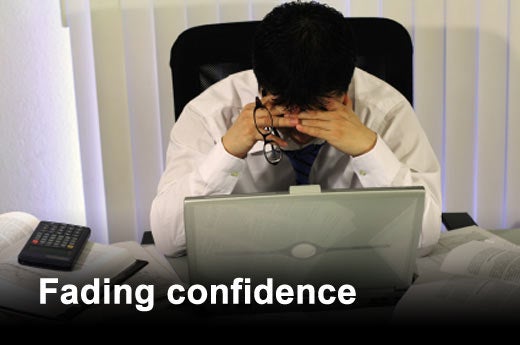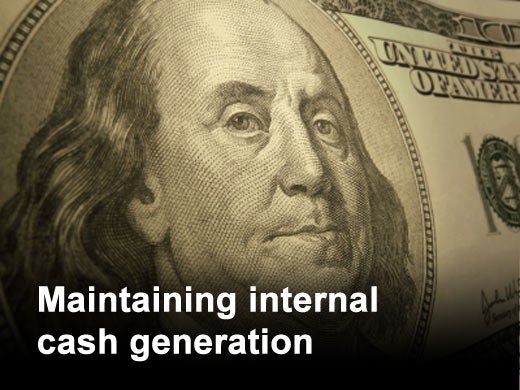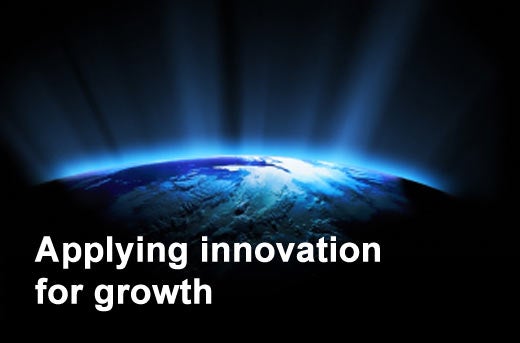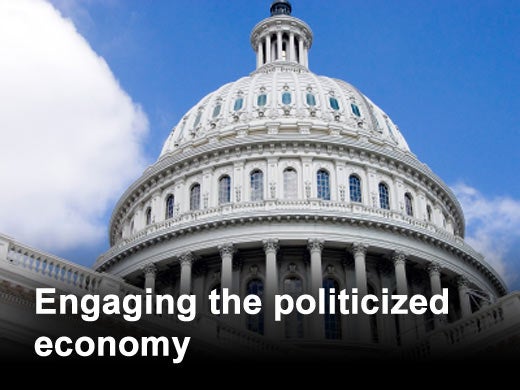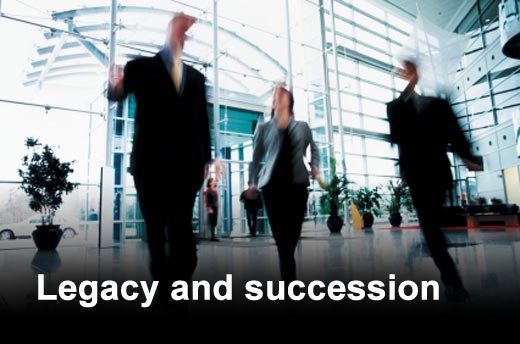With the increased reliance on IT from business leaders, it’s important for CIOs to understand the concerns of CEOs and the implications they may have on IT. Gartner analysts have outlined the seven major concerns from CEOs that CIOs should address.
“Business leaders see very uncertain times ahead in 2011, and they must defend growth despite falling business and consumer confidence,” said Mark Raskino, vice president and Gartner Fellow.
Click through for seven major concerns that CIOs should address, as outlined by Gartner, Inc.
Many CEOs will pull back from more bullish investment and expansion bets in 2011 if confidence continues to decline. This is a reality correction following some of the leader exuberance after fending off the crisis of 2008-2009.
In preparation for 2011, most CIOs should assume they will be given very limited increases in resources in line with broader corporate caution and that "making do with what we have" continues to be the right approach. However, some more-bullish business initiatives conceived in mid-2010 will make it through the budgeting cycle, but encounter rising business leader delay and hesitancy in the first half of 2011. CIOs should make business initiative owners aware at the start of the year that they may risk losing IT resources to someone else.
Most CEOs are pleased that their radical cost-cutting programs instituted in 2009 ran ahead of falls in demand, so that their businesses generated the surplus cash they needed to deal with these uncertain times. Now they are faced with the need to invest in growth at the same time as maintaining healthy cash surpluses as a hedge against the bouts of high business volatility the financial crisis aftershocks continue to generate.
“CEOs will be far more interested in IT project business cases that directly drive cash measures,” Mr. Raskino said. “To properly align IT's contribution to the most pressing of current business concerns, CIOs should ensure that among the projects they are pursuing, the contribution to cash generation and cash flow acceleration is visible. This may require focusing attention on the issue with your management teams and changing the weightings on cash-related criteria in portfolio prioritization.”
Some of the high returns CEOs have delivered over the last two years have come from margins created by deep cuts to operating costs. The alternative, of raising prices, is not open to many because pricing power is limited at a time when consumers are being more thrifty in their behavior. In order to keep generating strong gross profits, CEOs know they will need to develop systemic efficiencies by re-engineering rather than simple cutting.
CIOs should target at least one major business process to be revolutionized or obliterated in 2011 or 2012. CIOs proposing larger structural cost saving ideas, such as major end-to-end process changes or automations, will likely receive CEO approval. An example would be eradicating paper statements to customers in favor of online access.
Most businesses have been busy continuing with research and development (R&D) efforts through the recession, but they have often held back initial launches, awaiting better market conditions. As the outlook stabilizes, CEOs will need to accelerate the monetization of the innovation bets they have made.
“CEOs need IT’s help in bringing new product and service innovations to technology-enabled markets,” Mr. Raskino said. “The majority of CIOs should add e-commerce, e-service, social marketing, smartphone or location-based innovations to bolster new product and service launches.”
CEOs must engage in serious debate with political leaders as they rewrite the rules on how economies operate. As advanced economies struggle to regain solid growth, many business leaders are concerned that the regulatory and tax changes governments make will harm the markets of business leaders. In particular, leading CEOs are concerned that complex taxes levied to recoup bailouts and stimulus packages will raise their costs and dampen demand.
CEOs will need strategic information to win political battles and rapid compliance to avoid penalties. In some cases, business leaders may choose to be active in shaping or rebuffing regulations. CIOs should make sure they have a strong tactical liaison in place with the office of the CEO and the legal department to help with complex data analysis and information inquiries.
Many long-term concerns are causing CEOs to think harder about business and industry sustainability. Examples include the massive human scale of the developing economies like China, the recent year’s volatility of commodity prices for oil, precious metals and other resources, and the finite nature of newly important mineral resources such as lithium and neodymium. These factors add to long-term concerns about oil reserves, climate change, waste and the increasing regulations and fiscal interventions governments are gradually placing on perceived negative externalities. These examples show how CEOs are learning to work with a sustainability mind-set and profit from it.
Though reducing the power consumed in IT operations remains important, for most organizations the more important and strategic issue is how IT can help the business to operate more sustainably. IT must learn how to engage and add value. CIOs should order high-level, long-term sustainability business systems and information architecture development plans.
The pressures of the recent recession and the attacks on CEO pay made many enjoy the role a lot less in the last couple of years, though they are recovering. Gartner analysts expect to see a rise in CEO turnover over the next 18 months as boards set out on new, post-recession, strategy directions. Most CEO appointments are internal, so that means these CEOs probably knew the last two CIOs. If their attitude toward IT is misguided, perhaps an opportunity was lost.
“We all want business leaders who are technology savvy and will work smartly with their CIOs to understand the promise of IT, properly invest in it, and lead the business in its full exploitation. Whose fault is it then, if we continue to see some CEOs who don't seem to understand, who dislike IT and who treat it more like an unavoidable overhead than a value creating tool,” Mr. Raskino asked.
“The 'great recovery' generation of CEOs will be put into position over the next five years. Those people are in CIO peer and peer-network positions right now,” Mr. Raskino said. “As a profession we can only reap what we sow. CIOs should identify the people around them most likely to rise to the top job and take time to help them in the late stages of their professional development. Teach, mentor, advise, persuade, support, nurture and generally cultivate the next business leader you hope to be working for.”



